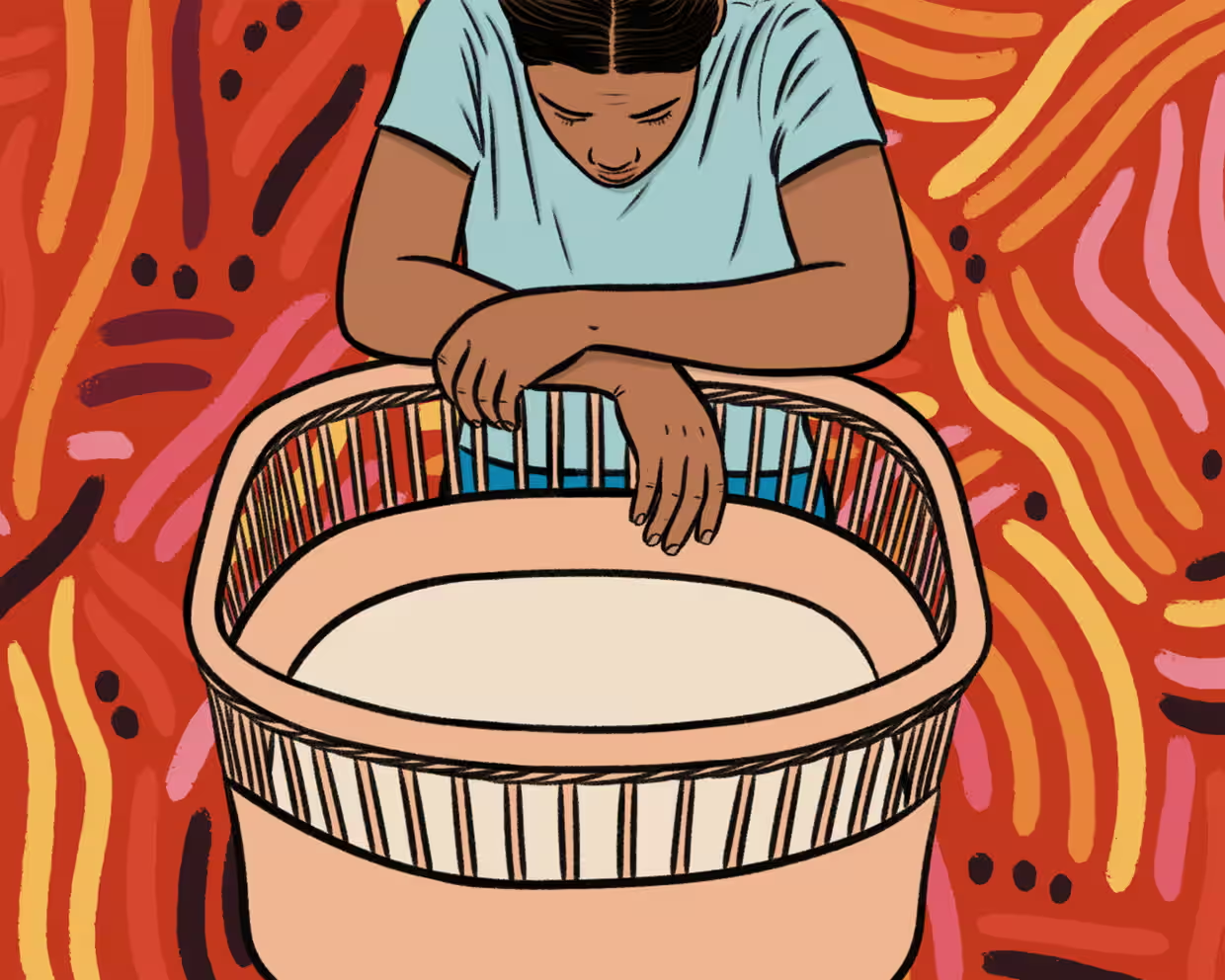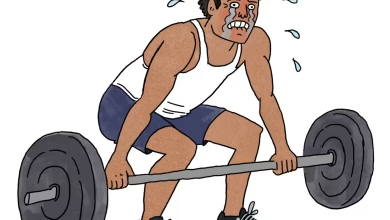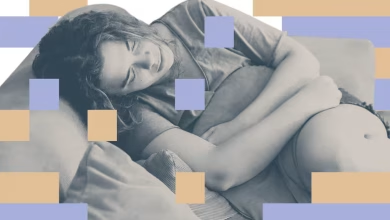“Womb with a Warning: How Birth Alerts Are Failing Aboriginal Mums”
Birth alerts, intended to safeguard unborn children, are disproportionately used against Aboriginal mothers in Australia—triggering fear, removal of babies, and trauma, with experts calling for culturally informed reform and real support.
The Heartbreaking Truth
Imagine being pregnant, homeless, and too afraid to get help because you’re convinced the system will nick your baby instead of your footy. That’s the daily grind for too many First Nations blokes—and sheilas—like Rachel*. Her feet were puffed like a blow‑up dinghy, and she was sleeping rough just before giving birth. Yet, she avoided antenatal care like the plague, terrified of inviting the Department of Child Protection (DCP) into her life again after losing her first child at 11 months old.
When she finally showed up at the big Perth public hospital, diagnosed with pre‑eclampsia, not only was she transferred to King Edward Memorial Hospital—but a birth alert was triggered, and BABOOM—DCP was on her doorstep without her consent.
“Just Being Black’s a Risk”
NSW mum Aleisha* was told flat‑out that “being Aboriginal” equated to risk. Yup—according to some DCP folks, a snog in Marrickville can put your newborn in jeopardy.
Dr Jacynta Krakouer, a Mineng Noongar researcher, calls it as it is: these alerts are not culturally informed, lack transparency, and echo the trauma of the Stolen Generations. They don’t wrap mums in support—they haul babies off, leaving families stuck in trauma.
Birth Alert & Maternal Care Stats
| Metric | Figure / Insight |
|---|---|
| Rate of over‑representation in out‑of‑home care | Indigenous children 11× more likely removed than non‑Indigenous kids |
| Victoria removal after birth alert (2021) | 21.5 % Aboriginal vs 13.5 % non‑Aboriginal |
| Aboriginal mothers with ≥5 antenatal visits (2020) | 87 % attended ≥5 visits, but still flagged |
| Antenatal care access declines with disadvantage/residence remoteness | From 92 % (least disadvantaged) to 86 % (most disadvantaged); remote ~85 % |
| Birth alerts in BC (Canada, pre‑ban) | 58 % targeted Indigenous, though they were only 6 % population |
| Baby removal rate post‑birth alert (BC) | ~28 % led to apprehension |
Wrap‑Up (No Vegemite Required)
- Birth alerts meant to prevent harm? More often, they’re sending First Nations parents running scared—avoiding healthcare instead of getting help.
- The system’s flaw? Implicit racial profiling, zero cultural context, and no intent to support pregnant mums—just paperwork and pain.
- What’s needed? Episode with a difference: supportive housing, transport, mental health and antenatal care—before they say “hello baby” and “bye baby.”
- Silver linings: NSW’s Gudjaga Gunyahlamai birthing centre aims to wrap culture and care together—a step toward change.
Rachel, Aleisha, Renna*, Bobbi—all names changed, stories not. These mums say their babies were yanked, not supported. Now they’re researchers, advocates, midwives—fighting for a system that helps, not punishes.
Final Thoughts
Birth alerts—that were meant to be safety nets—are too often turning into nooses around First Nations mums. It’s time for a rethink: ditch the paperwork and fear, replace it with trust, transport, housing, and maternity care that speaks their culture.





